Squirrel monkeys are one of the smallest and most attractive primates. There are thought to be five species of squirrel monkey. They are highly active, agile, social animals that live high in the trees, sprinting about the canopy at an extremely fast pace. They are active during the day, and rarely come down to the ground. Read on to learn about the squirrel monkey.
Description of the Squirrel Monkey
The overall body shape of squirrel monkeys is very similar between the different species. Their fur is short and dense. They are usually greenish-olive, brownish-gray, or a rusty-red over the main parts of the body; black on the shoulders; and some have yellowish-orange on the back, forearms, and the bottom parts of their rear limbs. They have a white throat and ears.
Squirrel monkeys also have a white “mask” around their eyes, but their mouths and chins are black. They have a long, non-prehensile tail – meaning it is not used for gripping things – which can be up to 17 in (42 cm) long – longer than the length of their bodies.
Interesting Facts About the Squirrel Monkey
Squirrel monkeys are highly social animals, which live their lives almost totally in the tree tops. They have evolved several interesting adaptations to this way of living.
- Appearance – Because of their black-and-white face, squirrel monkeys are sometimes called the “Death’s Head monkey”
- Protection – Squirrel monkeys sometimes form temporary associations with other primate species (such as capuchins) for increased protection, and better foraging opportunities
- Brain size – Their brain mass to body mass ratio is 1:17. This mean they have the largest brain, in proportion to their bodies, of all the primates
- Vocalizations – They have 25 to 30 different vocalizations, which are sounds they make in communication
- Scent marking – They urinate on their hands and feet, which then leave tracks on branches wherever they go so that other members of their group can follow them
Habitat of the Squirrel Monkey
Squirrel monkeys live in the canopy part of rainforest trees, often as high as 100 ft (30 m), usually close to a water source, such as a river. Living in trees is known as being “arboreal.” They rarely come to the ground; when they do, it to forage for food, or to play.
Distribution of the Squirrel Monkey
The squirrel monkey lives in tropical forests of Central and South America. They are very adaptable, and can live in various areas of the forest such as the edges, but they avoid clearings.
Diet of the Squirrel Monkey
Squirrel monkeys are omnivorous and mainly eat fruits and insects. They also eat nuts, seeds, leaves, flowers, buds, eggs, and sometimes small bats and birds.
Squirrel Monkey and Human Interaction
Some species of squirrel monkey are kept as pets, and some are used in biomedical research. Because of these uses, some squirrel monkey species are endangered. In addition to this, they have one of the slowest reproductive rates of primates, meaning some species do not have babies fast enough to keep from being threatened. Their small size means they are very afraid to cross open spaces, just in case there are predators about, so forest activities, such as road building, can cause massive habitat fragmentation for them.
Domestication
Squirrel monkeys are kept as pets, but they have not been domesticated.
Does the Squirrel Monkey Make a Good Pet
Although they are kept as pets, squirrel monkeys require a lot of attention when they are in captivity. As pets, they sometimes develop objectionable habits, such as screaming or throwing their feces out of the cage.
Squirrel Monkey Care
Because they are a highly social animal, they should not be kept individually.
Behavior of the Squirrel Monkey
Squirrel monkeys are active during the day (diurnal), and can move through trees with exceptional speed. They are capable of leaping horizontal distances greater than 6.5 ft (2 m). Their tail is not used for gripping branches, but rather it is used as a balancing pole. When moving about in the trees, they are usually very quiet, however, they have a wide range of vocalizations. These are often specific to particular circumstances, such as separate calls for aerial predators and ground predators.
Squirrel monkeys live in groups called “troops” which usually contain 10 to 20 individuals, but may contain as many as 500. Unlike most other primates, squirrel monkeys do not groom each other as a form of social bonding.
Reproduction of the Squirrel Monkey
Pregnancy (gestation) usually lasts for 150 to 170 days, and the females generally give birth, during the rainy season, to just 1 baby every other year. The babies spend much of the first 5 to 10 weeks of their lives being carried about on the backs of their mothers before starting to explore. They are also cared for by other younger females of the group, but the fathers do not help in taking care of the young.
The young of some squirrel monkey species are weaned by 4 months of age, whereas others are not weaned until 18 months of age. Females become sexually mature at 2 to 2.5 years of age, but for males, this takes 3.5 to 4 years. The females stop reproducing (menopause) in their mid-teens.


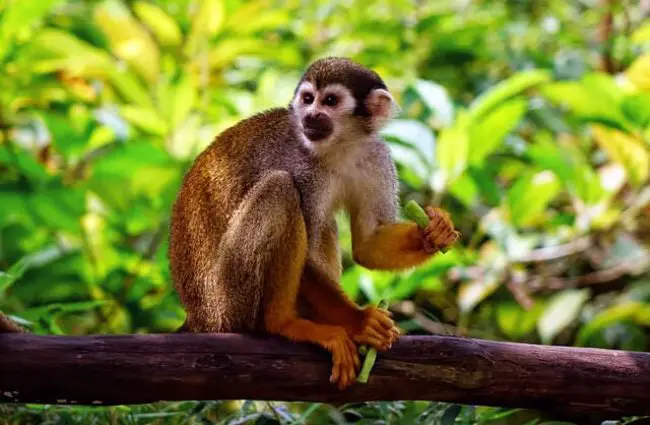
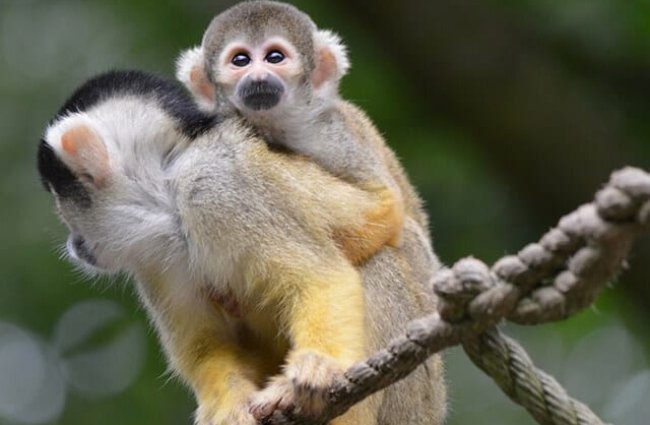
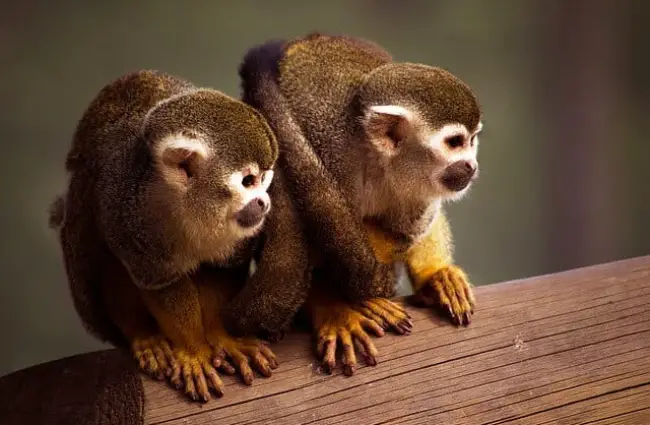
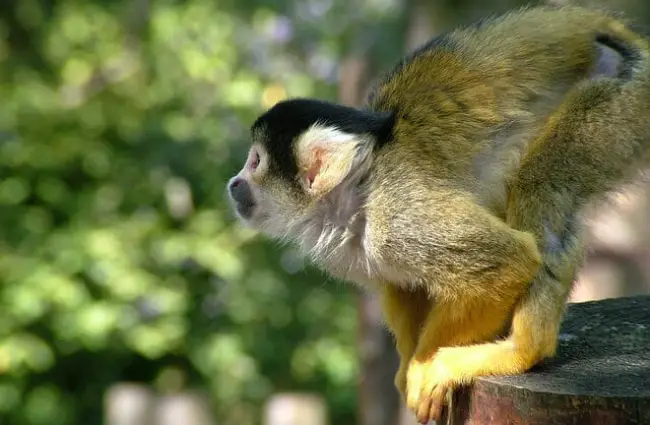
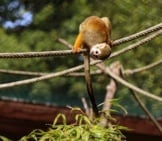



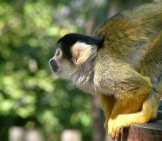
![Red Angus Closeup of a beautiful Red Angus cowPhoto by: U.S. Department of Agriculture [pubic domain]https://creativecommons.org/licenses/by/2.0/](https://animals.net/wp-content/uploads/2020/03/Red-Angus-4-238x178.jpg)


![Red Angus Closeup of a beautiful Red Angus cowPhoto by: U.S. Department of Agriculture [pubic domain]https://creativecommons.org/licenses/by/2.0/](https://animals.net/wp-content/uploads/2020/03/Red-Angus-4-100x75.jpg)

